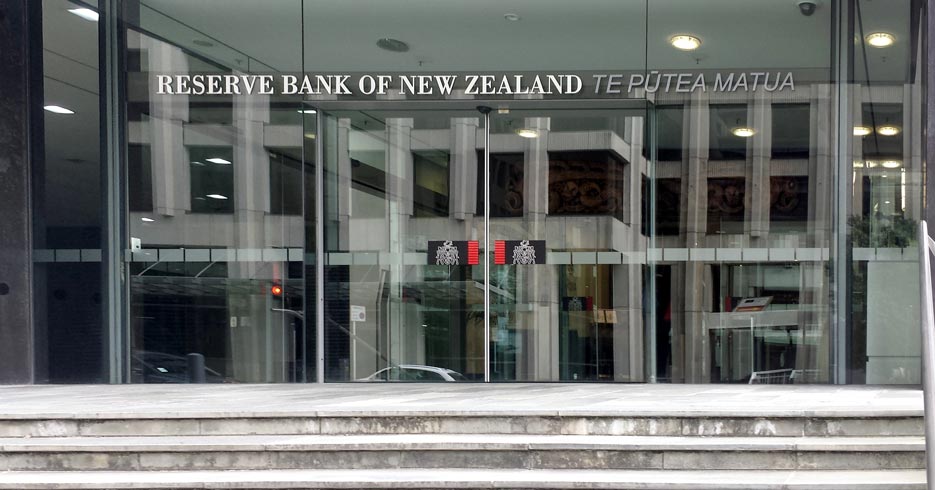Yesterday, the government announced the ACCC will be conducting an inquiry into home loan pricing, investigating how lenders set their rates, why they often fail to pass through RBA rate cuts to borrowers in full, and the barriers that may be preventing consumers from switching to cheaper options on the market. Via AustralianBroker.

Over the course of the day, key industry players publicly responded to the news, some welcoming the development, while the major banks seemed to imply the key concerns listed were a matter of miscommunication rather than misbehaviour.
FBAA
The Finance Brokers Association of Australia (FBAA) welcomed the announcement of an inquiry, with managing director Peter White dubbing the examination of the banking sector “appropriate.”
“I’ve been calling on the banks for a long time to pass on interest rate cuts in full,” White said.
“The banks have been playing some sort of seesaw game where they will pass on a little bit this time and then a bit more – or a bit less – the next time.
“There’s a pattern of behaviour here that Australians are clearly not happy with.”
White rejected the banks’ claims the partial rate pass throughs have been due to increasing costs.
“The banks are being hit with penalties for breaches uncovered through the royal commission, and through investigations by the Banking Executive Accountability Regime (BEAR).
“Trying to balance the books by passing on these penalties is not something that should be borne by borrowers.
“This inquiry provides an opportunity for banks to be transparent around their decision making and how they balance the needs of the community.”
COBA
The Customer Owned Banking Association (COBA) also welcomed news of the inquiry, particularly singling out the investigation into what prevents more consumers from switching banks when they may find a better deal elsewhere.
Further, the association expressed optimism the inquiry with generate “creative new ways to unleash consumer power.”
“Empowering consumers to switch their banking and to shop around is an unambiguously good thing,” said COBA director of strategy Sally Mackenzie.
“A more competitive market will make all players care more about their customers, and the market will function more effectively if there is more intense competition for borrowers.
According to Mackenzie, it’s up to the policymakers to enable consumers to drive this market-wide competition.
ANZ
In its response, ANZ asserted the issues raised in the ACCC inquiry launch stem from a shared misperception held among consumers.
“Despite intense competition, there is cynicism in the broader community about interest rates for home loans,” said ANZ CEO Shayne Elliott.
“We know we have not done a good job in explaining our position and we will be working hard to ensure this process delivers results.
“The inquiry is a good opportunity to provide facts in what is a complex space and we hope it will provide the public with renewed confidence in the way their home loans are priced.”
Westpac
Westpac took a similar stance to ANZ, but went yet further, directly defending its prioritisation of protecting its margins and making a reasonable profit.
“The inquiry is an important opportunity to put the facts on the table around mortgage pricing,” said Westpac Group CEO Brian Hartzer.
“Pricing decisions require banks to take into account a number of factors, particularly as the cash rate heads towards zero. In particular we have to manage the net interest margin – that is the difference between deposit and lending rates. As part of this process we take into account the interest of borrowers, depositors and shareholders who provide the equity that enables us to operate.
“Banks also need to make a reasonable level of return. This not only supports shareholder investment it also underpins prudential stability, and our debt rating. The level of profit also needs to be considered in relation to the size of our balance sheet which is $850bn. In fact our profitability in terms of ROE has more than halved over the last 15 years.
“Westpac must also retain its double AA rating. This rating allows the bank to import funding at more reasonable cost from international investors. To lose it would increase the cost of our wholesale funding which would inevitably lead to higher interest rates for our borrowers.”
NAB
NAB acknowledged the launch, but did so in a noncommittal manner.
Chief customer officer for consumer banking, Mike Baird said, “This is an important opportunity to discuss the challenges of an increasingly low interest rate environment and engage in a broader discussion about how we support all our customers – both depositors and borrowers.”
The commentary did not extend further, aside from a list of “fast facts” tagged onto the end, including that NAB currently has the lowest Standard Variable Rate of the majors, has gotten rid of over 100 fees from its products and services, and offers a special fixed rate of 2.88% for two years for first home owners – seeming to imply the bank has already done a great deal in making itself more hospitable for customers.









